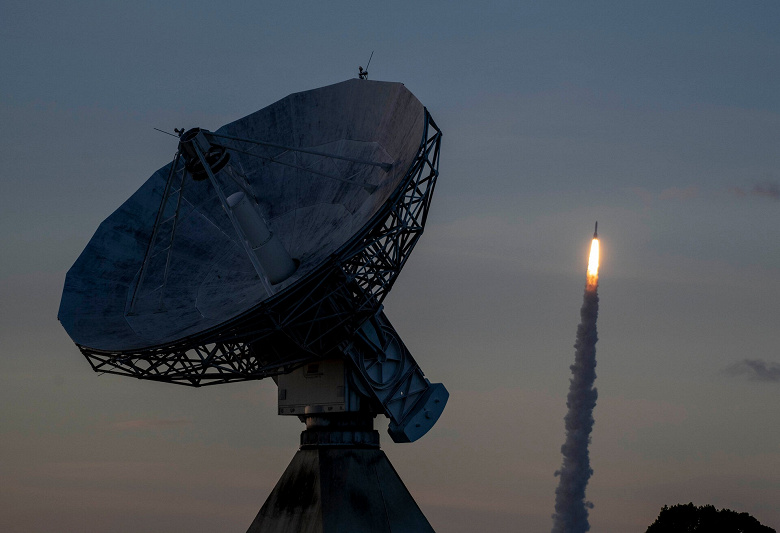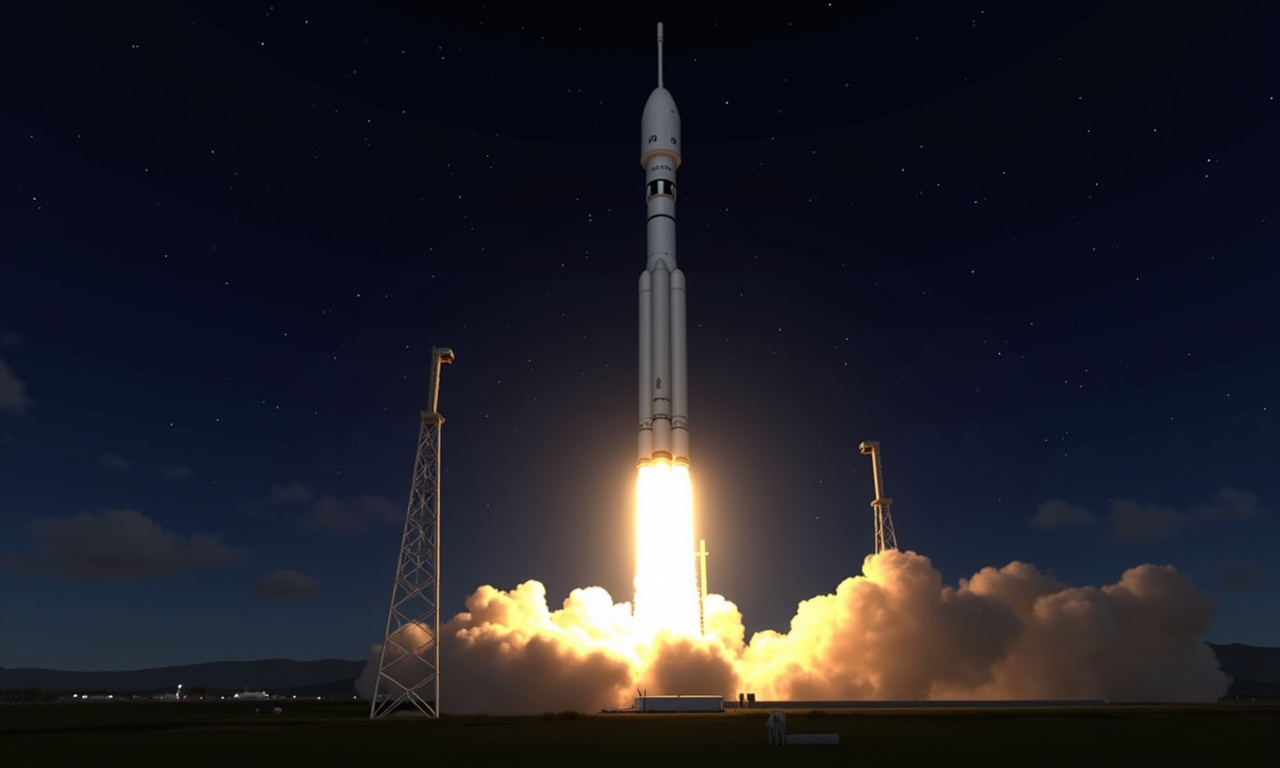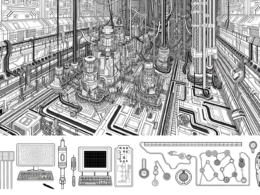On December 17, 2025, Arianespace is set to launch the Ariane 6 rocket from the Kourou spaceport in French Guiana, carrying two satellites for the European navigation system, Galileo. This will mark the 14th operational launch within the Galileo program, enhancing the accuracy, availability, and reliability of a system utilized daily by billions globally through smartphones, and in crucial economic sectors such as autonomous driving, aviation, maritime transport, agriculture, and emergency services.
The Galileo Launch 14 (L14) will deploy two first-generation satellites, SAT 33 and SAT 34, to join a constellation of 31 satellites, 27 of which are currently active. These satellites will be placed in medium Earth orbit and serve as backups to ensure uninterrupted 24/7 navigation. The European Space Agency (ESA) oversees the launch contract with Arianespace and manages the procurement and preparation of satellites from OHB on behalf of the European Commission. The European Union Agency for the Space Programme (EUSPA) will manage the satellites from early orbit until the end of their lifecycle.

This launch will be the first for Galileo on the Ariane 6, Europe’s latest heavy-lift rocket, continuing a legacy of collaboration with the Ariane family of rockets. Exactly nine years ago, almost to the day, the first batch of four Galileo satellites was launched on an Ariane 5. Following the L14 mission, four more first-generation Galileo satellites are scheduled for launch, after which second-generation satellites will begin to join the fleet. These will be fully integrated with the existing lineup.
The second-generation satellites will feature fully digital navigation payloads, electric propulsion systems, enhanced navigation antennas, inter-satellite communication capabilities, additional atomic clocks, and experimental clocks for in-orbit validation, providing more reliable and precise positioning, navigation, and timing.
The December 17 mission will utilize the Ariane 6 configuration featuring two solid rocket boosters, the P120C first stage. The central core is powered by the Vulcain 2.1 engine, which operates with liquid oxygen and hydrogen. The upper stage, equipped with the Vinci engine, also uses liquid oxygen and hydrogen and can be restarted multiple times to deploy satellites to the designated orbit.









